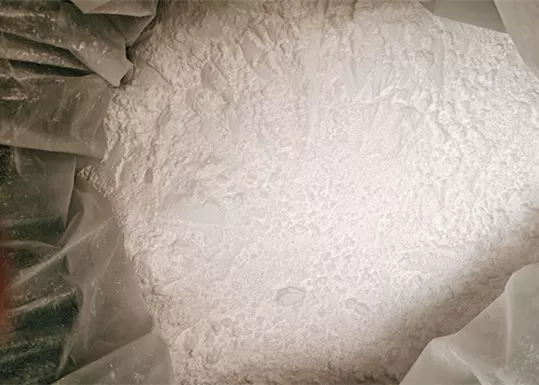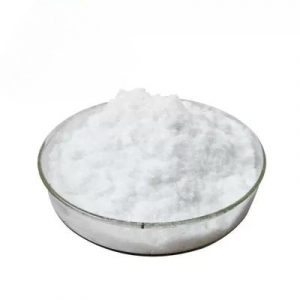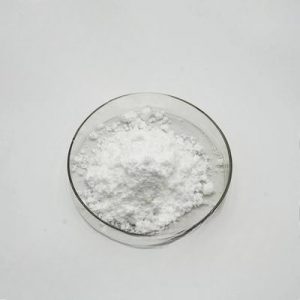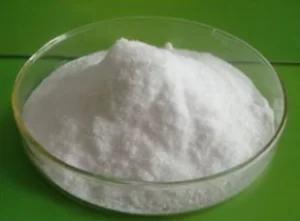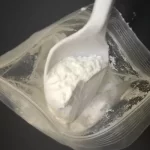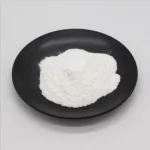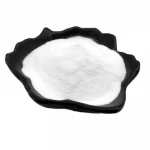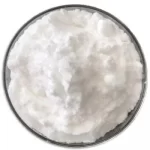Description
Antihistamines Pheniramine Maleate Medical Raw Material CAS 132-20-7
Description
| Product Name: | Pheniramine Maleate | Other Name: | PROPHENPYRIDAMINE MALEATE |
|---|---|---|---|
| CAS No: | 132-20-7 | Purity: | 99% |
| Shelf Life: | 2 Years | Application: | Medication |
| Sample: | Available | Storage: | Cool And Dry Place |
| Appearance: | Neat | ||
| High Light: |
Pheniramine Maleate Medical Raw Material, Antihistamines Pheniramine Maleate, Pheniramine Maleate CAS 132-20-7 |
||
Medical Raw Material Antihistamines CAS 132-20-7 Pheniramine Maleate
Product Introduction
Name:Pheniramine maleate
English synonym: PROPHENPYRIDAMINE MALEATE
CAS number: 132-20-7
Molecular formula: C20H24N2O4
Molecular weight: 356.42
EINECS No.: 205-051-4
Product Description
Melting point: 104-108°C
Boiling point: 489.25°C (rough estimate)
Density: 1.2233 (rough estimate)
Refractive index: 1.6800 (estimate)
Storage conditions: 2-8°C
Solubility: Very soluble in water, freely soluble in ethanol(96%), in methanol and in methylene chloride.
Form: neat
Water solubility: >=1g/100mL at 24ºC
Maximum wavelength (λmax): 262nm (lit.)
Stability: Stable. Incompatible with strong oxidizing agents.
Product Function
PheniramineMaleate is a histamine H1 antagonist with no sedative effect. It is used to treat hay fever, rhinitis, allergic skin diseases, and pruritus. Pheniramine acts on the histamine H1 receptor site on cells to compete with histamine to produce effects. Antihistamines antagonize the pharmacological effects of histamine by activating H1 receptor-mediated sites, thereby reducing the intensity of allergic reactions and responses to tissue damage. Antihistamines inhibit histamine-induced blistering (swelling) and flare (vasodilation) responses by blocking the binding of histamine to its receptors to nerves, vascular smooth muscle, gland cells, endothelial cells, and mast cells. They act on H1-receptors and effectively exert a competitive antagonism against histamine.

